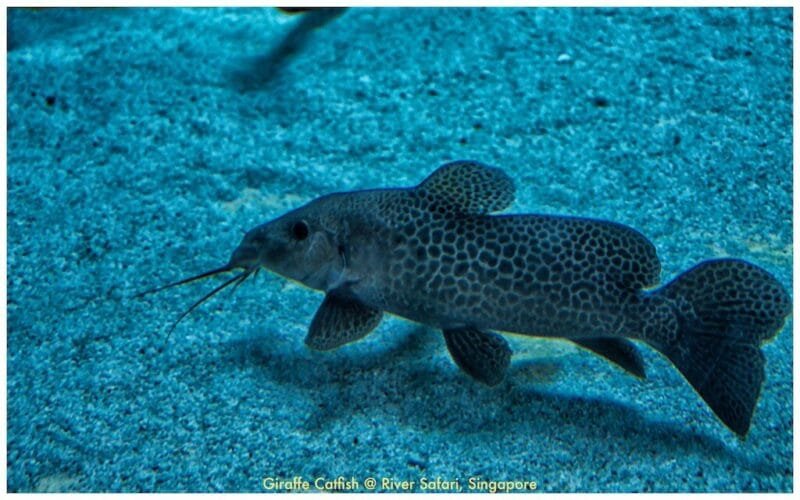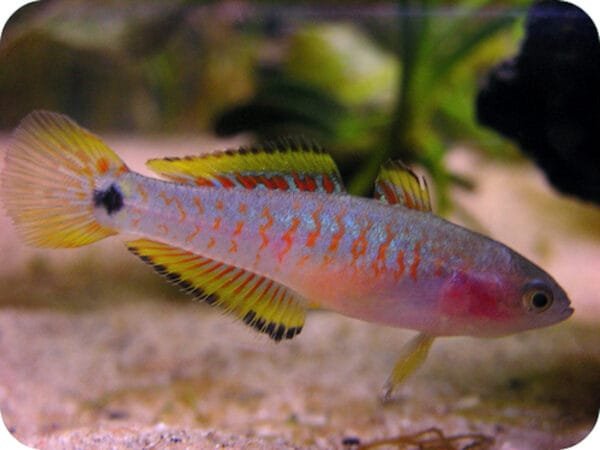Among the most visually striking fish in the marine aquarium hobby, the Picasso Triggerfish (Rhinecanthus aculeatus) stands out for its bold patterns, expressive face, and confident presence. Often called the “Picasso” because of its brushstroke-like markings that resemble an abstract painting, this species is both captivating and challenging. Native to coral reefs across the Indo-Pacific, it has earned a reputation as both a centerpiece fish and, for some aquarists, a tank boss.
This blog will cover everything you need to know about the Picasso Triggerfish: from its Latin name and relatives to care, diet, breeding, and even the rare albino variation.
The Latin Name and Relatives
The Picasso Triggerfish belongs to the family Balistidae, commonly known as triggerfishes. Its scientific name, Rhinecanthus aculeatus, describes both its genus (Rhinecanthus) and its distinctive “trigger” spine. A close relative is the Lagoon Triggerfish (Rhinecanthus rectangulus), also referred to as the “Humuhumunukunukuāpuaʻa” — famously the state fish of Hawaii.
These fish share a family trait: a unique dorsal spine mechanism. When threatened, they can “lock” themselves into rock crevices, making them very difficult for predators to extract.
Native Range
The Picasso Triggerfish is found throughout the Indo-Pacific region, stretching from East Africa and the Red Sea to Polynesia and southern Japan. They thrive in shallow coastal lagoons, coral reefs, and sandy flats, where they spend their time foraging among rocks and corals.
Size
In the wild, the Picasso Triggerfish can grow up to 10–12 inches (25–30 cm) in length. In home aquariums, they usually reach about 8–10 inches (20–25 cm) depending on tank size and diet. They are fast growers, so it’s important to be prepared for their adult size before purchasing.
Diet
Picasso Triggerfish are omnivorous but lean heavily toward a carnivorous diet. In the wild, they consume crustaceans, mollusks, sea urchins, and small fish.
In captivity, their diet should include:
-
Chopped shrimp, squid, and fish fillet
-
Clams and mussels (shells help wear down teeth)
-
High-quality frozen marine foods
-
Some plant matter or algae for variety
They require a varied diet rich in protein, and regular feeding helps prevent aggression.
Sexing
Sexual dimorphism in Picasso Triggerfish is minimal. Males and females look very similar, though males may sometimes be slightly larger and more brightly colored. Because of this, sexing them in aquariums is difficult and often not practical.
Breeding
Breeding Picasso Triggerfish in captivity is rare and challenging. In the wild, they form pairs during spawning season. Females lay eggs in a nest prepared on sandy substrate, and males guard the territory aggressively. The eggs hatch in just a few days, but rearing fry is difficult due to their microscopic size and dietary needs.
To date, very few successful breeding reports exist from home aquariums.
Is It Reef Safe?
Picasso Triggerfish are not reef safe. They are notorious for nipping at corals, rearranging rocks, and eating invertebrates such as crabs, snails, shrimp, and even sea urchins. They may leave larger, more aggressive corals alone, but overall, they pose a serious risk to reef setups.
Community Tank Compatibility
While not reef safe, Picasso Triggerfish can be housed in fish-only marine tanks (FOWLR setups). They can coexist with large, robust tankmates such as:
-
Groupers
-
Lionfish
-
Tangs
-
Larger angelfish
-
Other triggerfish (with caution)
Avoid small, passive species and invertebrates, as they are likely to become food. Tankmates must be equally hardy and capable of defending themselves.
Water Conditions
For best health, maintain the following parameters:
-
Temperature: 74–82°F (23–28°C)
-
pH: 8.1–8.4
-
Salinity: 1.020–1.025 specific gravity
-
Tank Size: 100 gallons minimum, ideally larger
They require plenty of rockwork for shelter, open swimming areas, and a secure lid since triggerfish are known to jump.
Ease of Care
Picasso Triggerfish are considered moderate to difficult to keep. While hardy once acclimated, they are demanding due to their diet, size, and aggression. They are best suited to aquarists with intermediate to advanced marine experience.
Compatible Tankmates
Suitable companions include:
-
Large wrasses
-
Moray eels
-
Puffers
-
Tangs
-
Other triggerfish (careful monitoring required)
Avoid housing them with:
-
Small reef fish
-
Gobies, blennies, or dartfish
-
Crustaceans and other invertebrates
Species Variations
There are several closely related species in the genus Rhinecanthus, including:
-
Lagoon Triggerfish (Rhinecanthus rectangulus)
-
Halfmoon Triggerfish (Rhinecanthus lunula)
Each has unique patterns but shares the same bold personality.
Albino Picasso Triggerfish
The Albino Picasso Triggerfish is an extremely rare variant, occasionally seen in specialized breeding programs. Instead of the usual bold blues, yellows, and blacks, albino individuals have a pale, cream-colored body with faint patterning. Their rarity makes them highly prized by collectors, but they are even less common than standard forms and may be more sensitive to light and stress.
FAQs
1. Can Picasso Triggerfish live with clownfish?
Not usually. Clownfish are too small and passive, making them easy targets for aggression or predation by a Picasso Triggerfish.
2. How long do Picasso Triggerfish live in captivity?
With proper care, they can live 8–10 years in home aquariums. In the wild, some have been reported to live even longer.
3. Do Picasso Triggerfish change color?
Yes. Their colors may fade at night when resting or when stressed, and brighten again when active or feeding.






